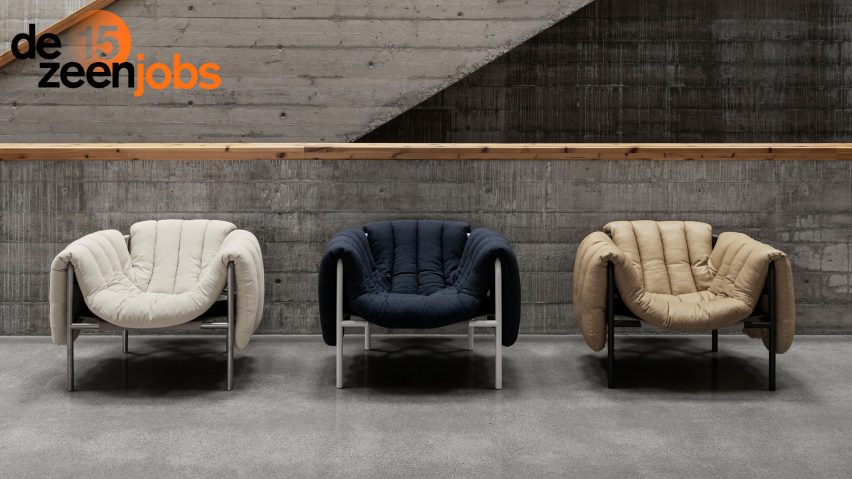
"We have probably become a lot more rigorous in our recruitment" says Toogood's creative director
In the latest instalment of our Dezeen Jobs: How We Recruit series Jan Rose, creative director at design studio Toogood in London, talks about its projects and recruitment process.
Sophie Chapman: Please can you talk me through Toogood's work and current projects?
Jan Rose: Toogood is a multidisciplinary company. We started in interior design, then did furniture and fashion, and we do everything in between. The variety is quite extreme, and for the amount of work we do, we are still quite a small, family-run company.
We are currently working on two amazing interior projects, one in England and one in the United Arab Emirates.
On the furniture side, we are working very hard on our new collection of Toogood brand furniture for Salone 2024, which will include some pieces that we have never had in the range before. We are looking into bringing an element of hand painting into furniture.
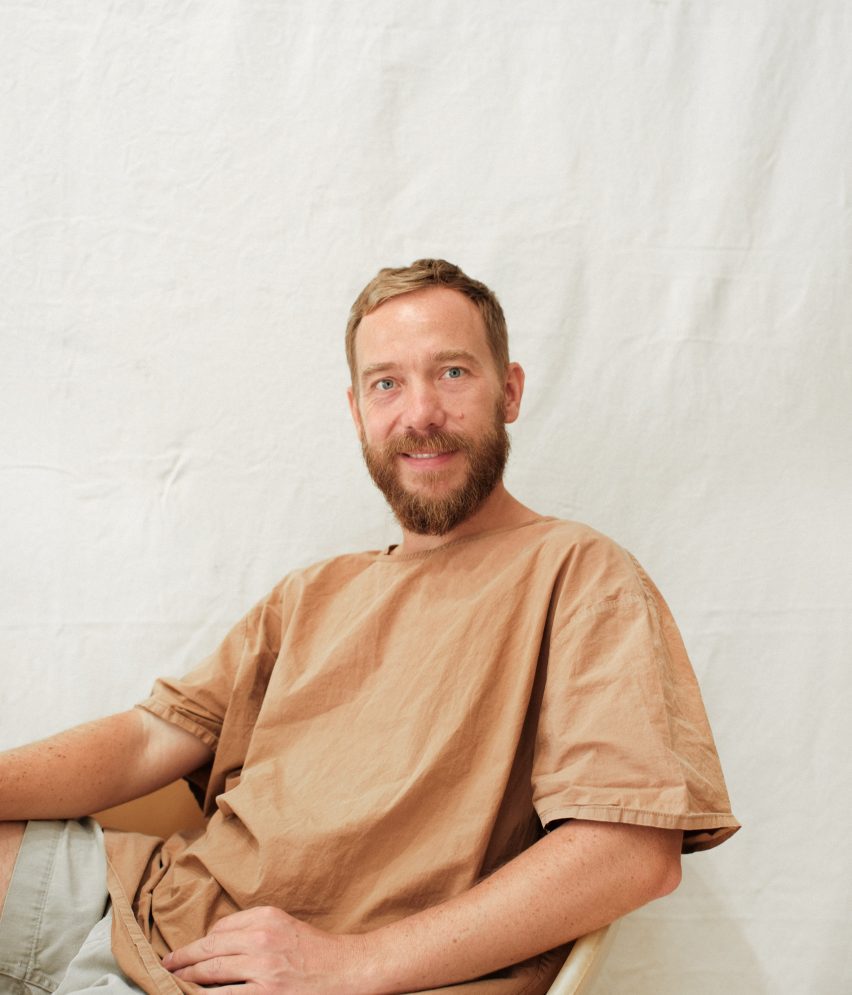
Sophie Chapman: Where do you stand on recruitment in comparison to 10 years ago?
Jan Rose: We have probably become a lot more rigorous in our recruitment. Ten years ago, we would only interview a couple of people and they normally came through recommendations from friends of the studio, whereas now we actively look outward.
We want to expand our network whenever possible and we know that gaining team members from outside our immediate circles means that new ideas and perspectives will be brought to the studio.
Our projects are varied in part due to the diversity of our team. Our motto of 'restless experimentation' is most alive when team members from different backgrounds and creative pathways collaborate.
In our studio, you need to be a team player; it is really hard to work alone.
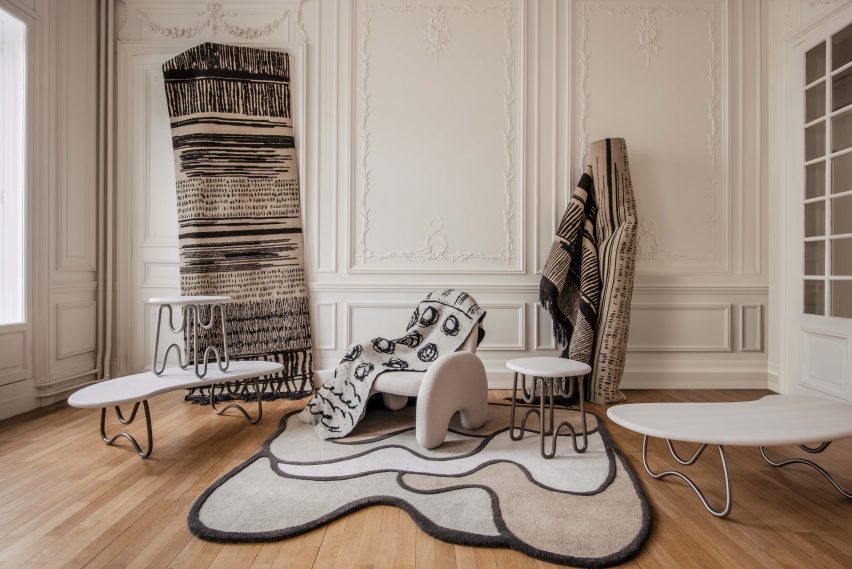
Sophie Chapman: Have you noticed any changes in the roles that you are offering?
Jan Rose: We have always done most services in-house. We have our own marketing team because we are quite protective of what is coming out of our studio.
Over the past five to ten years, we have probably hired more team members around the design roles in terms of sales, production, and development.
That means we can hire designers simply for the designer role, which I think is really important. This way we have been able to expand our operations while maintaining a tight-knit team where everyone has a clear area of specialism.
Sophie Chapman: Have there been changes in the skill sets that you require?
Jan Rose: As a studio we are still looking for people who are able to work hands-on. That as something we have had to specifically point out, as the design world has shifted with increased digital work.
We do work in 3D programmes in our studio – but at the same time, we work extremely hands-on, with physical model-making out of cardboard and clay remaining a key part of our design process. That is simply the style of how we operate.
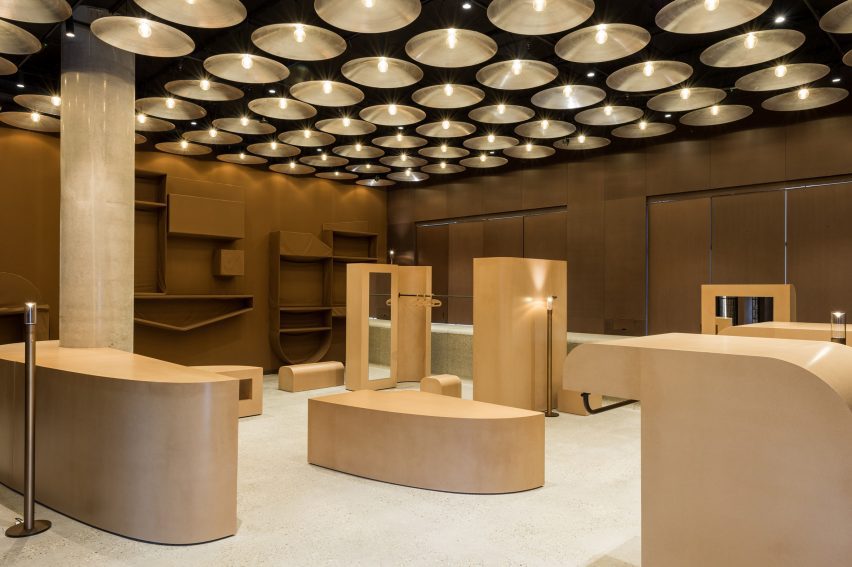
Sophie Chapman: What catches your eye in an application?
Jan Rose: If a person would fit into our studio, their background does not have to be pure design.
We like to see applicants who have come in from an unusual path, have expanded their creative skills beyond what was taught on their university course, or are self-taught entirely. We love it when this has led to them establishing their own design language that offers something different and unique.
Sophie Chapman: Have you started incorporating technology into your recruitment process?
Jan Rose: We prefer the traditional route. We are still small enough that we can handle that – I can understand that if you were a larger company that needs to use AI to filter through CVs to find the right candidate.
Even filtering through CVs, they are not black and white. There is always something in there that catches your eye. If you simply have black-and-white rules, then you might miss really special candidates.
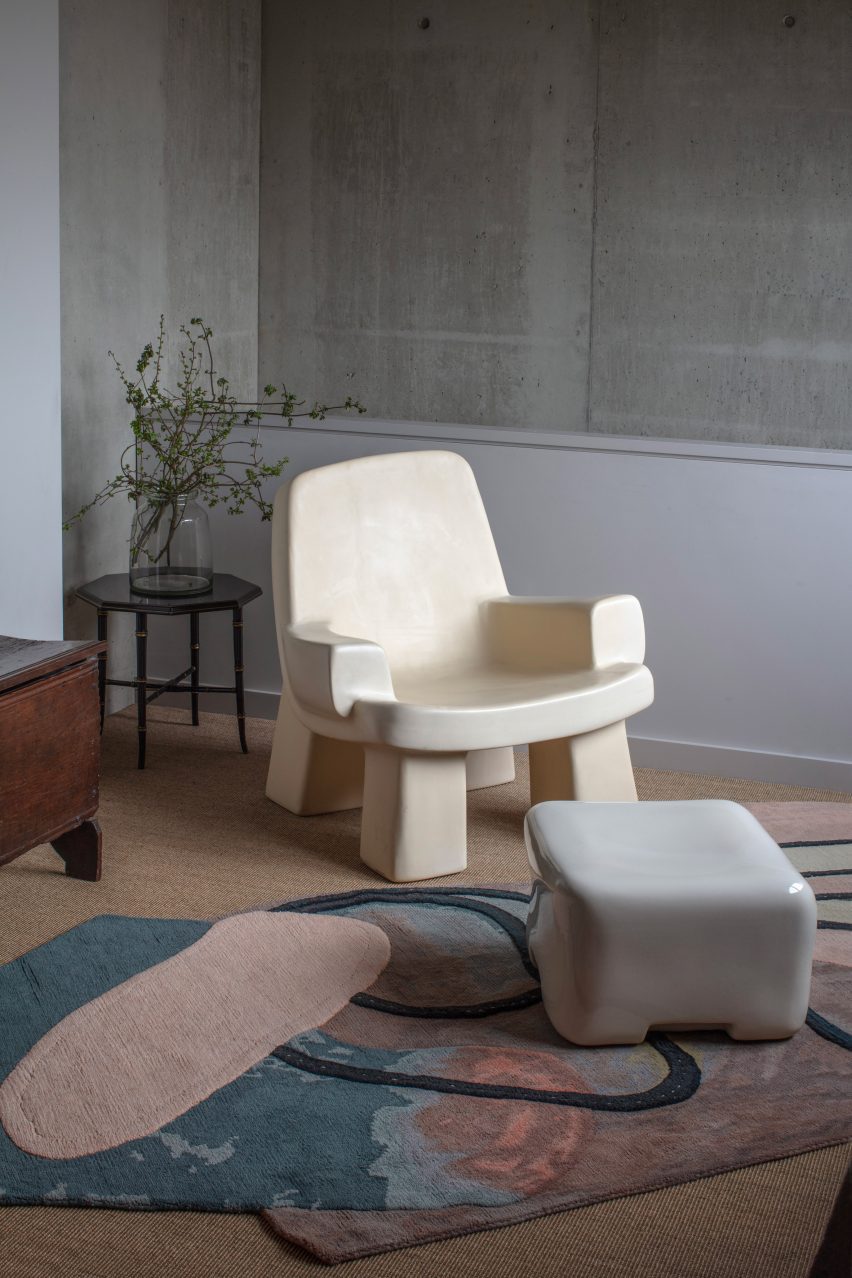
Sophie Chapman: In terms of your interview and application process, is there anything that you are doing differently from 10 years ago?
Jan Rose: Our roles have become much more defined and so we need that level of specialist knowledge embedded into the recruitment process at every stage. Questions are more directed to the role and it is more department-specific now.
Teams lead the interview process for their hires, with our directors coming in at a later stage to meet the shortlisted candidates and weigh in on the final decision, led by the expertise of the team leads.
Sophie Chapman: What advice can you give people looking for a role in the company?
Jan Rose: The biggest mistake we normally see is endless portfolios. Be bold in your choice, show us your three or four best projects – that should describe you better than 10 or 12 when half of them are not as polished. Be confident in your choice of work.
We like to see where [the project] started and how it ended, from the initial model to the finished piece. Not just the finished piece, but the design journey.
Portfolios have to intrigue us in some way. A strong understanding of material sensibilities is incredibly important, and we particularly look at how materials have been used in applicants' previous projects. An aesthetic that aligns with us can be relevant but is not the most important thing – what we most want to see from a designer's portfolio is their processes and ways of thinking and questioning.
A good cover letter that demonstrates they have researched Toogood and have an understanding of what we do and who we are is often the tipping point for inviting someone for an interview.
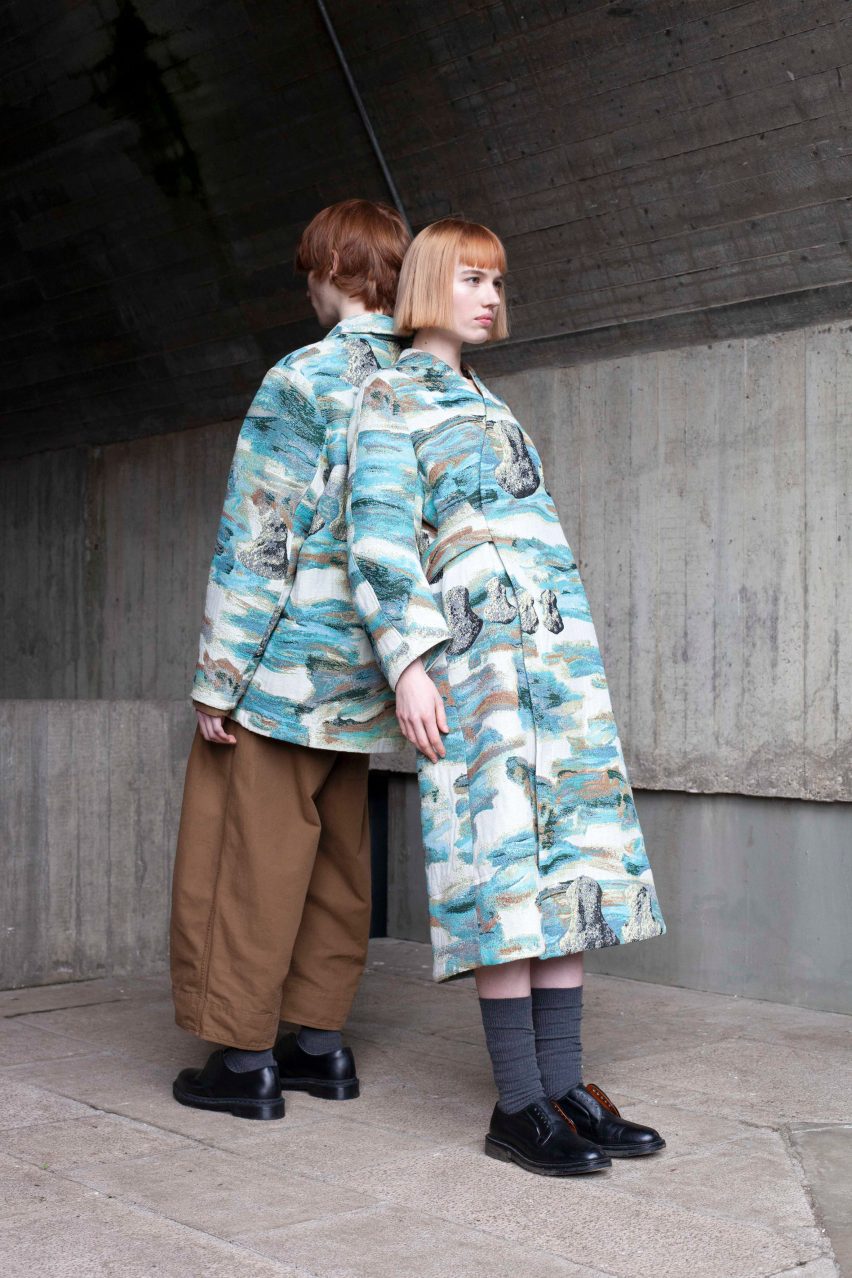
Sophie Chapman: How long have you been using Dezeen Jobs?
Jan Rose: Probably for the past eight to ten years. We saw quite quickly that good jobs were being posted by other companies. So we thought well, if they can post jobs, we can post jobs.
We advertise all our jobs on Dezeen because there is such a broad pool of candidates and we seem to simply get the best quality candidates through Dezeen Jobs, which makes our life much easier.
Find out more about Toogood by visiting its website.
Toogood is currently seeking a design assistant to join its furniture and homewares team in London.
Dezeen Jobs: How We Recruit series
This article is part of Dezeen Jobs: How We Recruit, a series of interviews to mark Dezeen Jobs turning 15, which explores changing hiring practices and future recruitment needs for companies around the world.